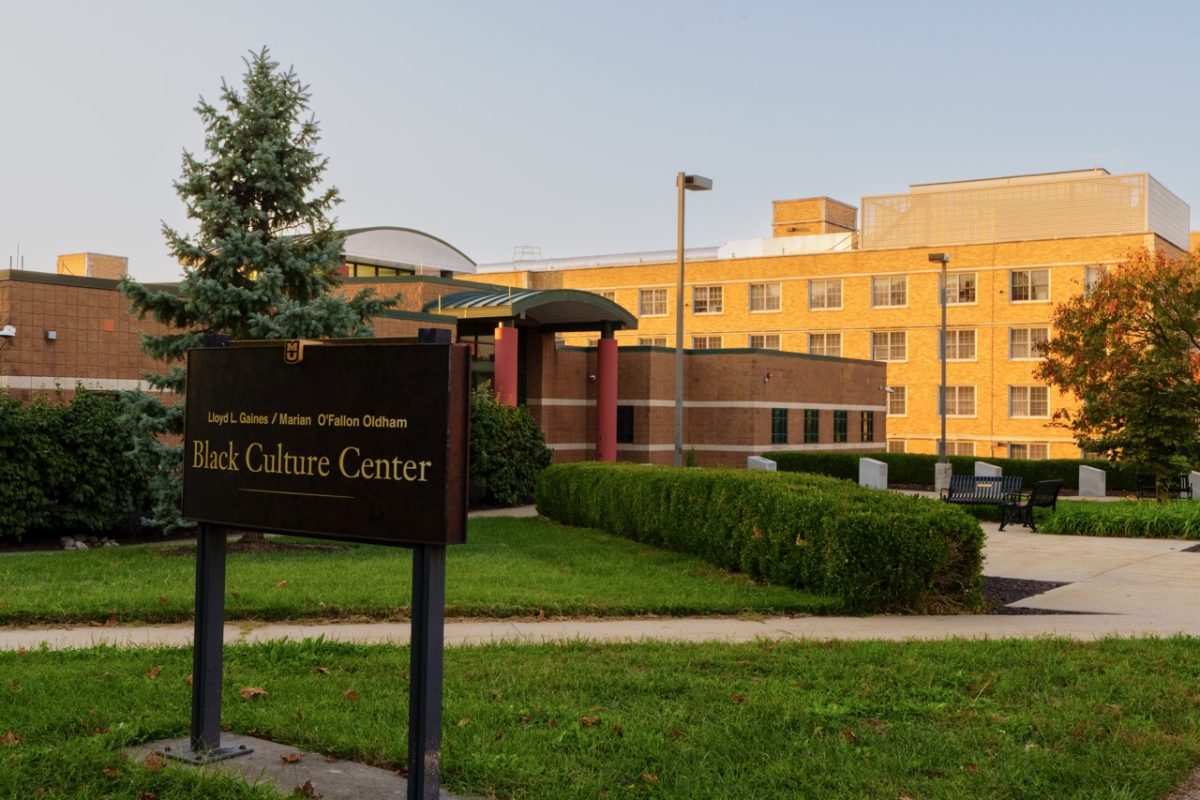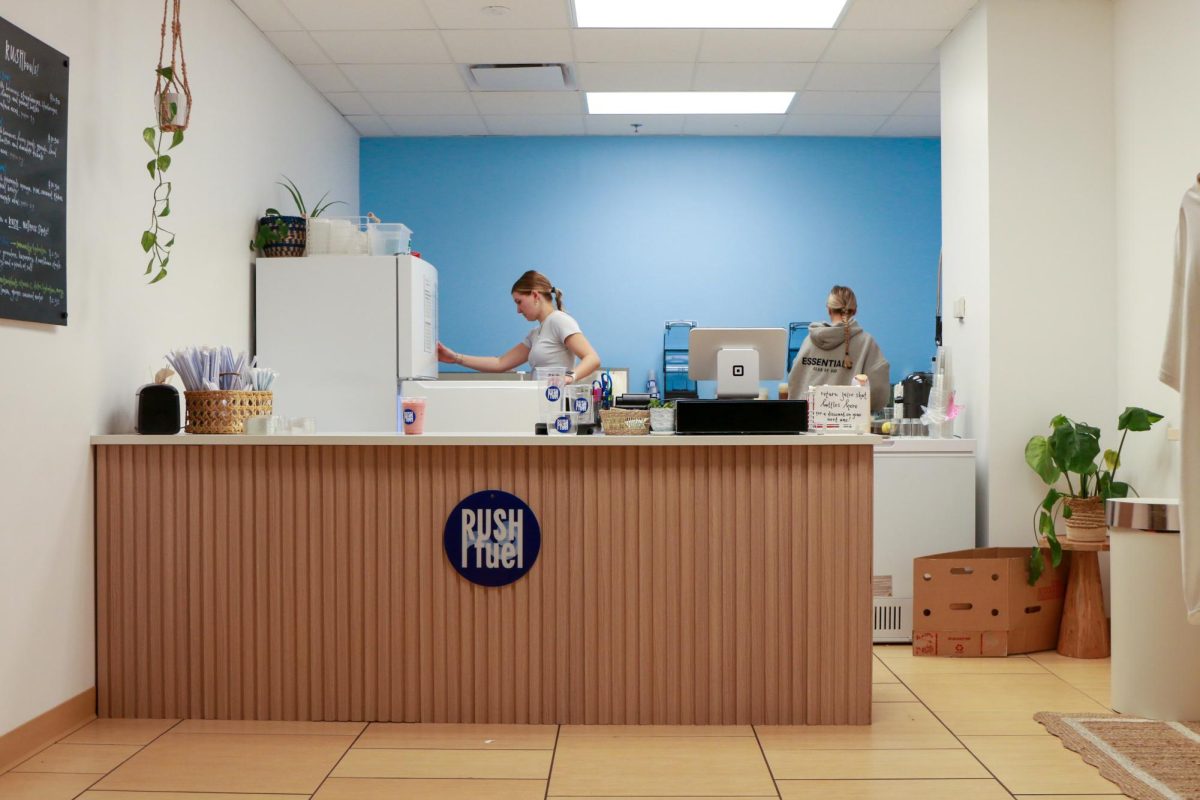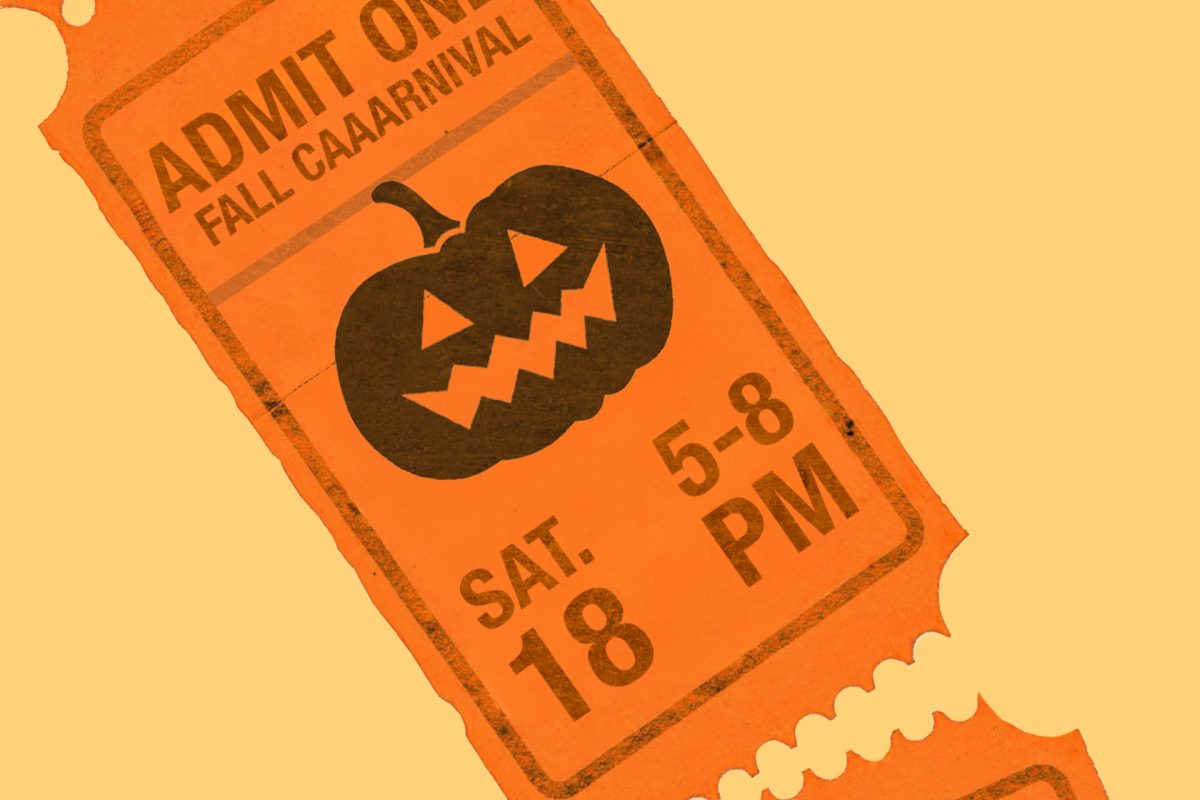Music has been around longer than most modern conveniences. Before 2007, the closest one could get to the modern miracle of the iPhone was an iPod: A small little machine dedicated to the age-old art of music.
Everything has music incorporated into it. The most successful commercials involve a catchy jingle that gets stuck in your head until the next one comes along. A drive down the street is not complete without the radio blasting your personal theme song. While the fun and social aspects of music are widely known, there is another side to the bars and notes that is now being discovered: the ability to heal. The documentary _Alive Inside_ explores the therapeutic properties of music and its benefits to Alzheimer’s patients.
According to The Alzheimer’s Foundation of America, “Alzheimer’s disease is a progressive, degenerative disorder that attacks the brain’s nerve cells, or neurons, resulting in loss of memory, thinking and language skills, and behavioral changes.” The disease is one that progresses slowly. Over time, those affected slowly forget about who they are, who their families are and how to function day to day.
There is currently no cure for the illness, and any treatment out there only prolongs the surrender to the disease. Medications that help with avoiding memory loss are only temporary, and all other supplements given eventually lose their effect. The grim outlook of Alzheimer’s and its resistance to medication has led researchers to explore alternative forms of healing. Holistic treatments are finding their way into the medical world, from the importance of logic games to keep the mind sharp all the way to consuming coconut oil to hopefully rejuvenate brain cells that have lost energy, natural methods are gaining traction in the treatment of Alzheimer’s.
This is where _Alive Inside_ comes in. The documentary delves into an initiative designed by social worker Dan Cohen, who connected with patients at a New York nursing home. Through interviews with the residents’ loved ones and caretakers, Cohen compiled a personalized playlist for everyone he spoke to. The first resident to experience this therapy was Henry. Henry, a 94-year-old man who struggled with Alzheimer’s, no longer recognized his daughter and spent his days with hands clasped, staring at the ground and secluded in his own mind. Once Cohen played the list featuring songs from Henry’s childhood, he became animated again, singing and waving his arms. This sudden change in demeanor lasted longer than just one song. After Henry completed listening to his playlist, he was visibly more engaged. He answered questions asked to him and was able to recall details of his youth.
While the positive effects of music treatment do not last forever, none of the current treatments do either. _Alive Inside_ shows that when dealing with an illness that currently has no cure, medicine is not always the route to depend on. While medications can put off the progression of Alzheimer’s, there are no medications to reverse those effects.
For those affected, music gives them a small glimpse into their past. It can bring back memories and feelings of a time where they knew who they were . _Alive Inside_ does an amazing job of giving a face to those with Alzheimer’s and shows that sometimes the most basic methods can have rewarding results.
**MOVE gives _Alive Inside_ 4 out of 5 stars**







